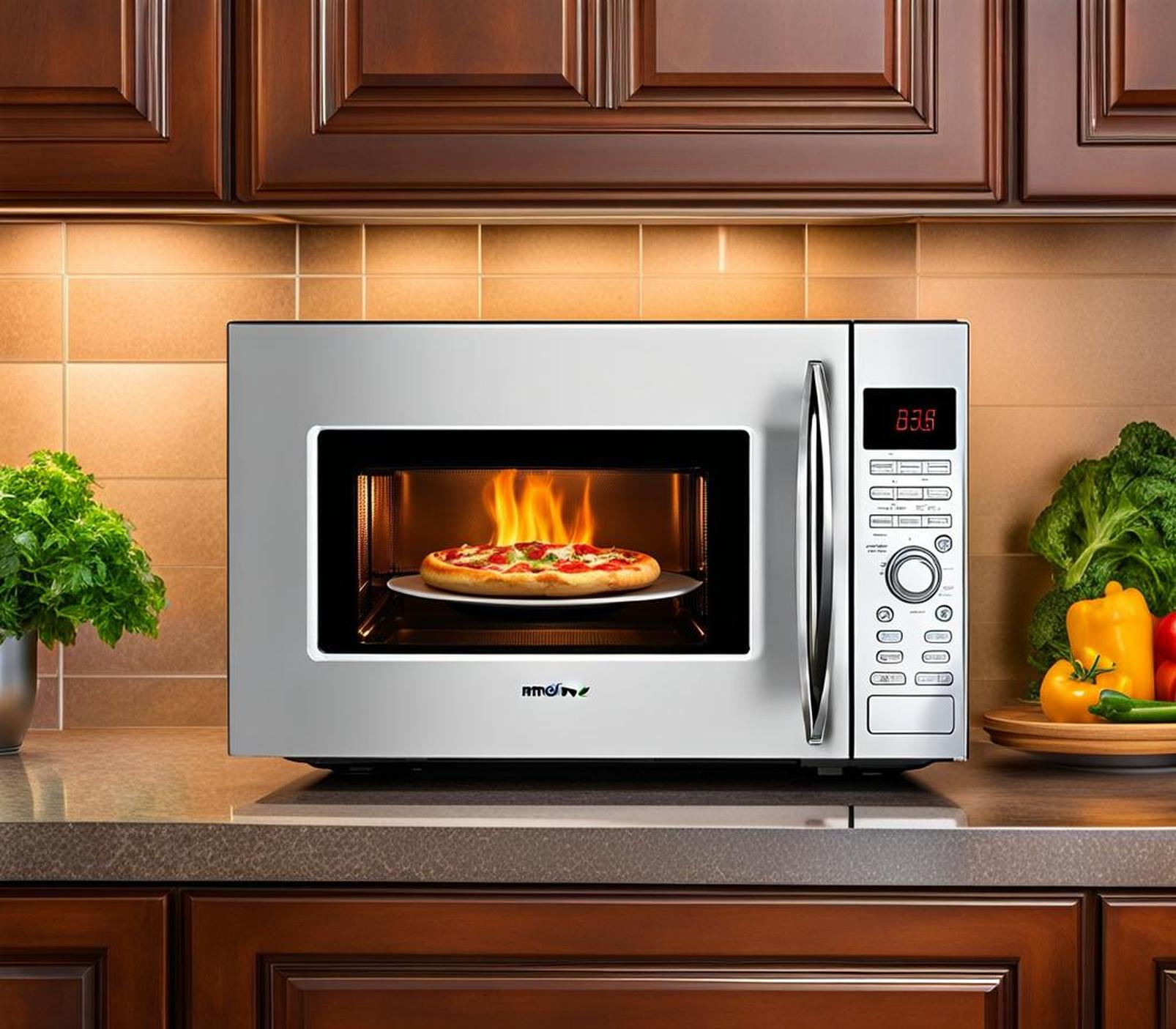That burnt smell coming from your microwave can be nauseating. Whether it’s leftover pizza that exploded in the microwave or melted plastic from a container that wasn’t microwave-safe, burnt odors seem to linger no matter how much you clean.
But don’t despair – with some effort and elbow grease, you can banish that burnt stench from your microwave for good. This comprehensive guide will walk you through all the possible causes of burnt smells and provide solutions to thoroughly eliminate odors and restore your microwave’s freshness.
What Causes Burnt Smells in Microwaves
Before digging into solutions, it’s helpful to understand exactly what’s causing those unpleasant burnt odors in the first place. Here are some of the most common culprits:
- Overcooked or burnt food – Any food that gets cooked too long can leave behind charred bits that stick to the microwave’s interior. Foods especially prone to this include pizza, popcorn, baked potatoes, and frozen dinners. The burnt residue emits a foul smell long after the mess is cleaned up.
- Melted plastic containers – Plastic containers not designed for use in microwaves can warp, melt, and release chemicals that cause lingering odors. This melted plastic leaves grimy buildup that stubbornly clings to the microwave’s walls and tray.
- Spattered foods and sauces – Messy foods like tomato sauce, cheese, or greasy popcorn can spatter during cooking, leaving stains that quickly grow grime and bacteria if not cleaned promptly. These food splatters create stubborn burnt smells over time.
- Old food stains – Even small amounts of old, caked-on food residue provide the perfect breeding ground for mold, mildew, and bacteria. As these grow, they release unpleasant smells that only get more pungent.
In some cases, the burnt smells seem to resist cleaning and spread outside the microwave when you open the door. This is because food splatters leave behind a layer of fat, protein, and sugars that turn into a gunky film. This film absorbs odors from burnt food like a sponge.
Grime and residue also build up in the hard-to-reach nooks, crannies, vents, and light bulb cover behind the removable tray. So even if the interior looks clean, these hidden areas trap smells.
Besides being unpleasant, lingering burnt odors in your microwave can actually pose some health hazards. Here are a few reasons you’ll want to get rid of that smell promptly:

- Residue and grime provides food for bacteria and mold – Burnt-on stains and splatter buildup offer the perfect breeding ground for harmful bacteria like salmonella, E. coli, and staphylococcus. Mold and mildew also thrive in microwaves with grimy residue.
- Inhaling plastic fumes is harmful – Burnt plastic gives off VOCs (volatile organic compounds) and other toxic petrochemicals. Breathing in these plastic fumes can irritate your lungs and airways.
